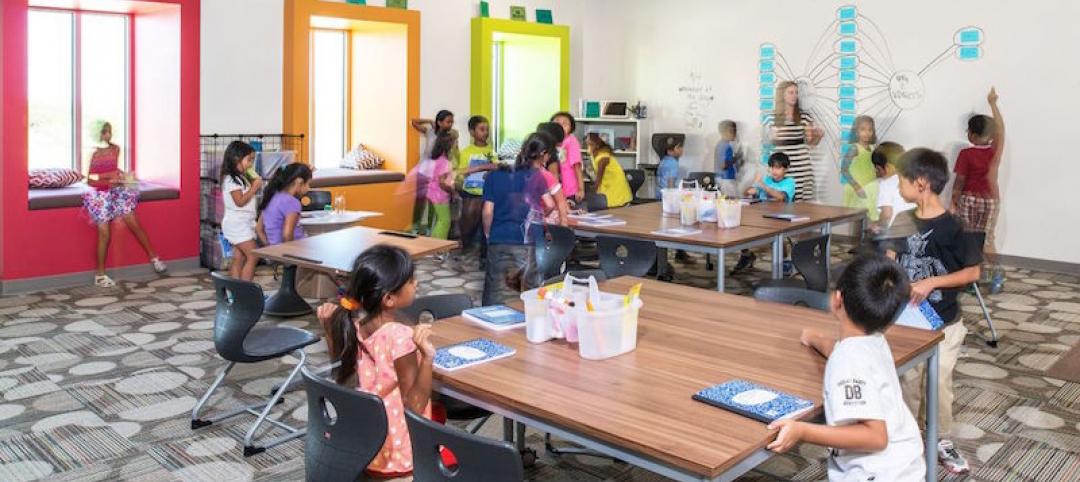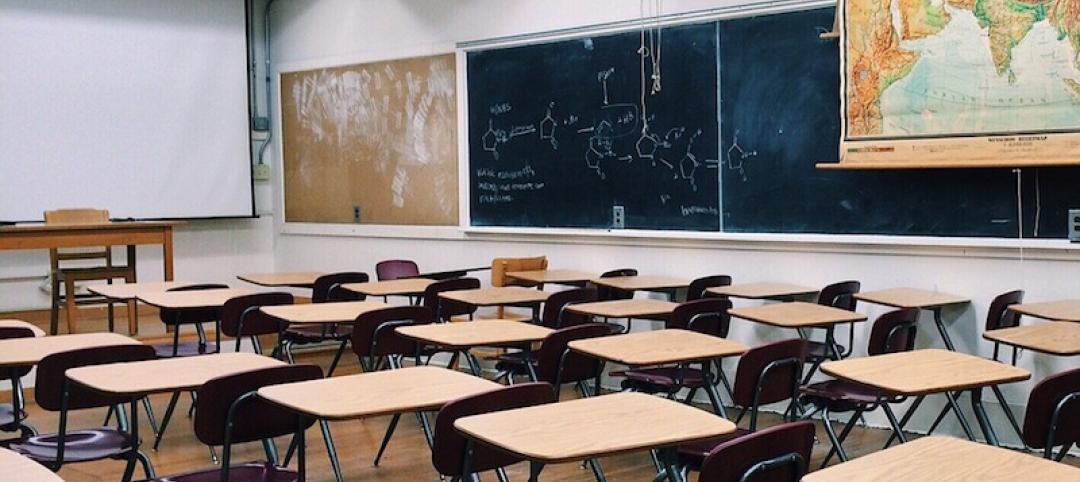The non-profit Collaborative for High Performance Schools (CHPS) recently launched an effort to develop industry-backed best practices for school modernization projects.
The Minor Renovations Program aims to fill a void of guiding criteria for school districts to use to ensure improvements meet a high-performance threshold. CHPS is assembling a coalition of interdisciplinary experts in design, performance, student health and wellness, technology, and products, along with school district leaders to:
- Develop best practices that underpin new design criteria
- Pilot improvements at schools to demonstrate their effectiveness
- Develop and demonstrate financing solutions that show how allocated funds can be more effectively used for better performance outcomes
- Create and grow a community of support for schools
Two of the country’s largest school districts, Los Angeles Unified and the Cypress-Fairbanks ISD (Harris County, Texas), will participate in the program at the outset, and more districts are expected to join in the future.
“It’s estimated that 53% of America’s public schools need to invest in repairs, renovations, and modernizations, yet upgrades are not getting done at the rate or scale needed to provide safe and productive learning environments for students,” according to a CHPS news release. “Although smaller renovation projects represent the majority of districts’ facility expenditures, a set of industry-aligned best practices does not exist to enable effective planning and implementation.”
Related Stories
K-12 Schools | May 16, 2017
The future of schools: Net zero should be the norm
Students are helping drive change by focusing on the future.
K-12 Schools | May 1, 2017
Seattle’s first vertically-oriented middle school breaks ground
The building will provide 74,289 sf of space across its five-story classroom bar.
K-12 Schools | Apr 21, 2017
The stadium effect
School districts that invested in their athletic facilities over the last few years have seen a tremendous increase in student morale and health, growth in campus culture, and excitement within their communities.
K-12 Schools | Apr 7, 2017
Is an alternative project delivery method right for your K-12 school district?
With California’s increasingly busy—and costly—construction market, it’s becoming more difficult to predict costs with a typical design-bid-build delivery method.
K-12 Schools | Mar 9, 2017
The future of education facilities: Creating spaces where learning happens everywhere
The art of designing schools lies not in just understanding what makes a functional classroom, but in how successful we are in creating a wide array of educational options for teachers and students within the school environment.
K-12 Schools | Mar 9, 2017
School branding: The impact on identity and engagement
What is school branding and why is it important? HMC Architects’ James Krueger and Barbara Perez weigh in on the topic.
K-12 Schools | Feb 22, 2017
Through the principal's eyes: A look at K-12 architecture
Anderson-Livsey is a K-5 school located about 30 minutes East of Atlanta in Gwinnett County and has an enrollment of 785 students.
K-12 Schools | Feb 8, 2017
'Fabrication Hall' introduces Wyoming high school students to career paths
The hall offers bountiful natural light with enough space to build large-scale projects.
Architects | Jan 19, 2017
Harley Ellis Devereaux merges with Deems Lewis McKinley
The combination is expected to bolster HED’s presence in northern California and the K-12 sector.
K-12 Schools | Dec 14, 2016
Expanding possibilities for America's K-12 schools
Bigger buildings, more outdoor space, and greater involvement from the private sector are among the trends marking the new generation of schools.

















